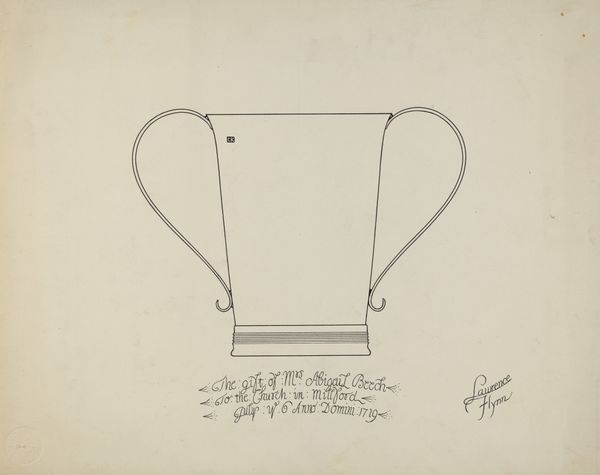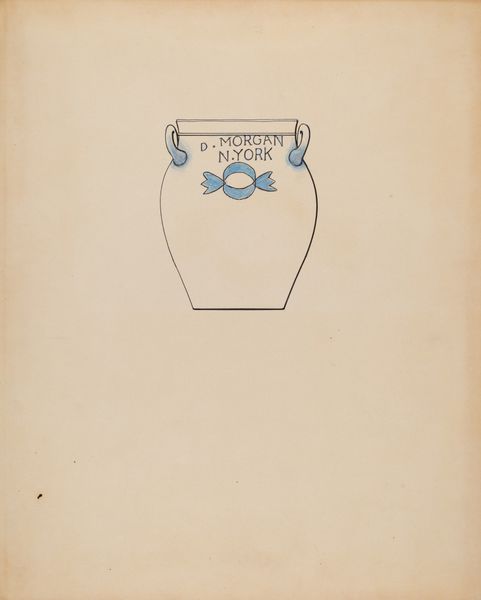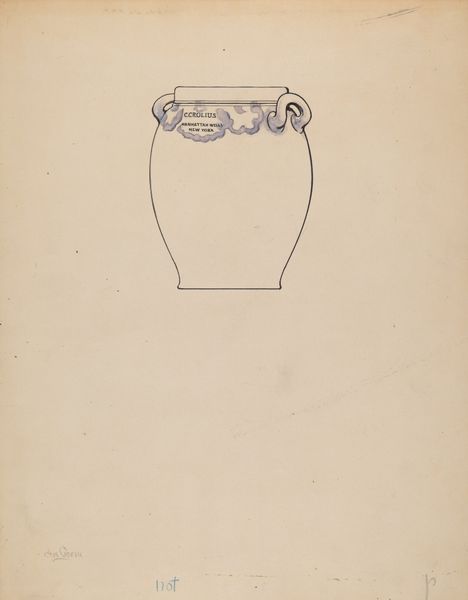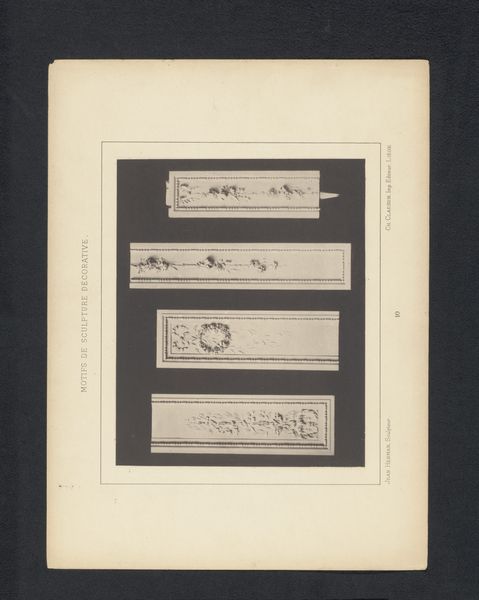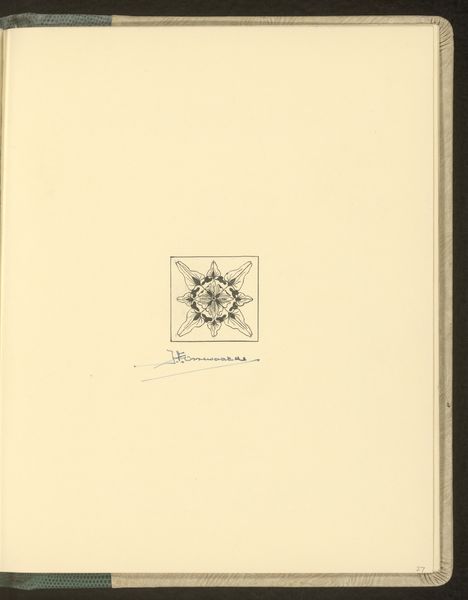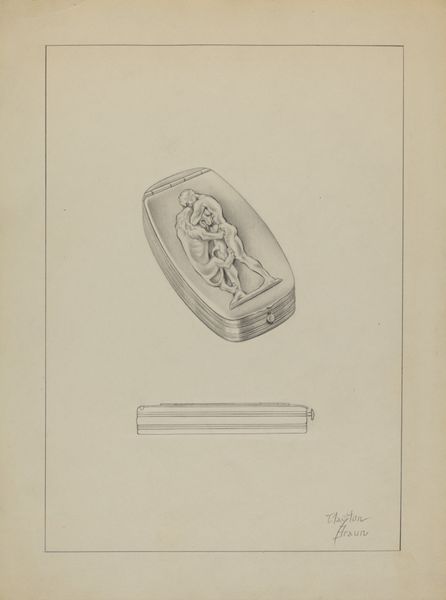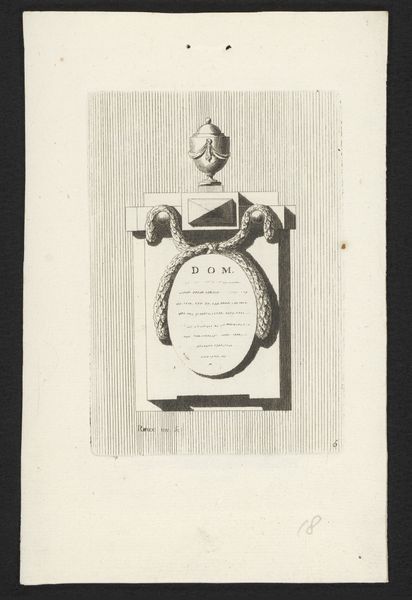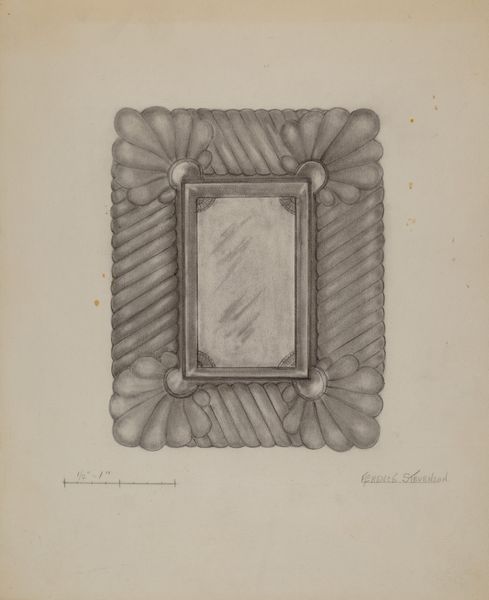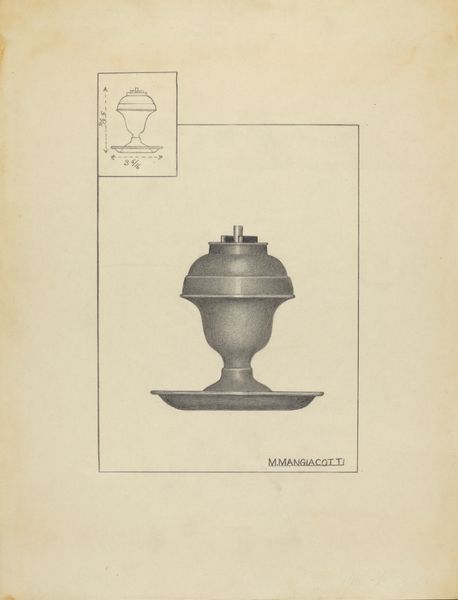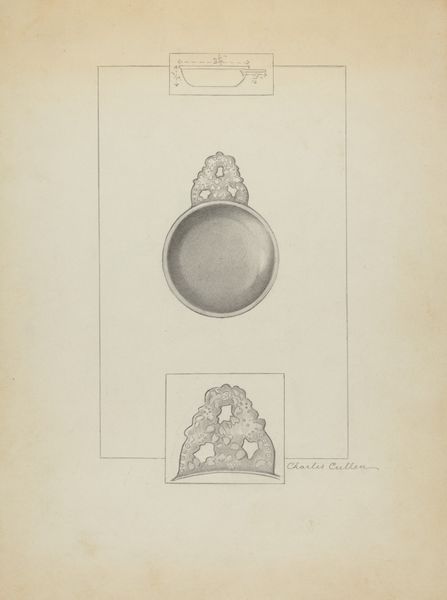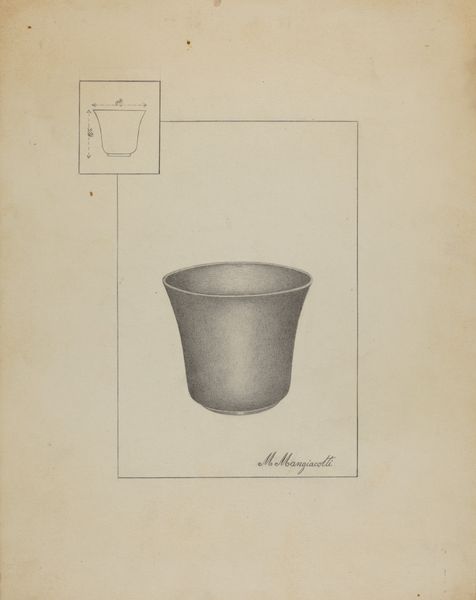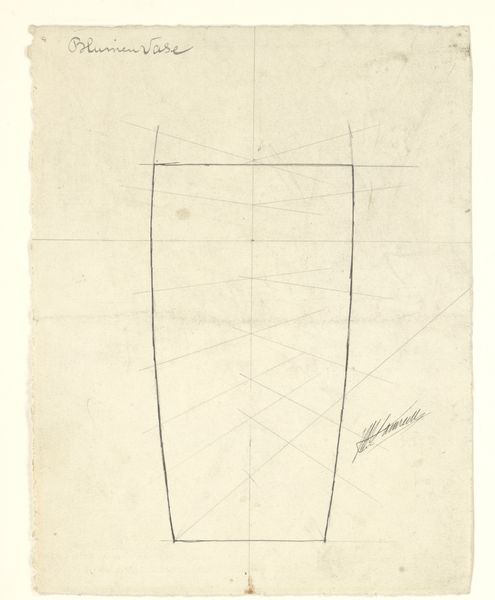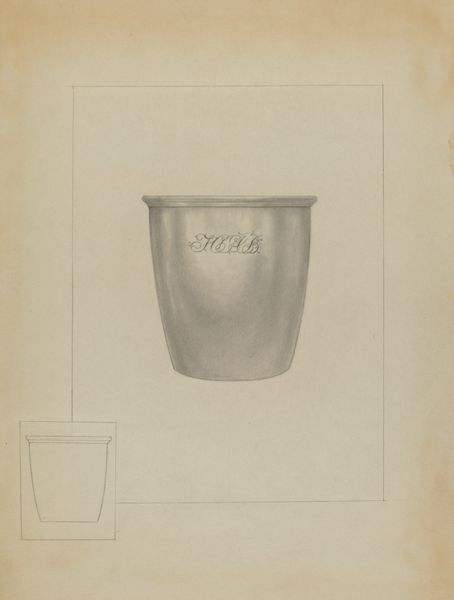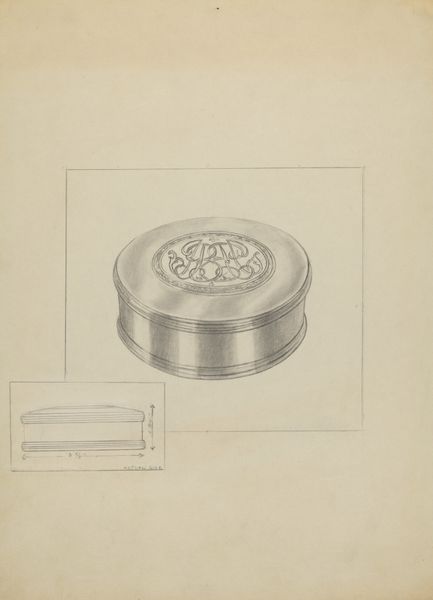
drawing, graphic-art, ink, pen
#
drawing
#
graphic-art
#
ink
#
geometric
#
pen
#
academic-art
Dimensions: overall: 28.3 x 22.9 cm (11 1/8 x 9 in.) Original IAD Object: 4 3/16" high
Copyright: National Gallery of Art: CC0 1.0
Curator: Here we have Lawrence Flynn's "Silver Beaker," created circa 1936. It’s an ink drawing, seemingly a meticulous study in graphic art. Editor: My immediate impression is its simplicity; almost diagrammatic, clinical even. A straightforward depiction in pen and ink with crisp lines. I'm also intrigued by the symmetry and centrality of the image. Curator: Yes, Flynn clearly prioritizes precision here. Notice the emphasis on outlining and linear details; the absence of shading or texture. It emphasizes the geometric structure. Given the work’s apparent focus, it raises a key question for me. What role do images such as this play? Editor: I’m drawn to the inscription on the beaker itself: "Presented to the Church of Christ in Northford by Sam’l Bartholomew, March 15, 1792." It speaks to community, and it also feels commemorative; a tangible symbol of faith and perhaps local history. The style feels timeless. Curator: Fascinating! Consider that it's a record and potential promotion. What materials went into the silver beaker that is only described here by line work? I also wonder about its connection to liturgical practice. Did Flynn also design industrial or commercial objects of display? How did he see himself positioned relative to industrial or spiritual goals? Editor: The geometric patterns, specifically that oval encircling the text, resonate with the idea of preciousness. Even the lettering itself evokes an older tradition. The chain bordering that oval feels significant. Chains suggest union, but also the restrictions and rules to adhere to within the Christian faith. Curator: I am interested in that reading. Do you see that reading of adherence strengthened by his linear rendering and removal of volume and tactility? We do have the original beaker still in storage and viewing it, it is very opulent, polished, and curvaceous. Do you believe Flynn omitted or changed the details to make the artwork more readable, as it is now a purely functional document? Editor: Perhaps. And perhaps Flynn appreciated a challenge in removing elements rather than including details! What strikes me overall is how this image encapsulates history, artistry, belief and function so compactly. Curator: It makes you contemplate how material reality informs artistic production and also representation, and vise versa. The tangible artifact and our emotional attachment to the imagery it displays, exist together across time. Editor: Precisely. It's about bridging eras through image and intention.
Comments
No comments
Be the first to comment and join the conversation on the ultimate creative platform.
